பிற்கால சேரர் வரிசையில் கேரள சேரமான் பெருமாள் அரச குடும்பம் கடலுக்கு அடியில் இருந்த பகுதிகள் கடல் உள்வாங்கிட உருவான கொடுங்கல்லூர் தலைநகர் எனக் கொண்டு ஆண்ட பரம்பரை.
.jpg)
 திருவஞ்சிக் களம் தலைநகராகக் (கொடுங்கல்லூர்) கொண்டு வாழ்ந்த சேரமான் பெருமாள் கேரள வரலாற்றில் மிக முக்கியப் பங்கு வகிக்கிறது.
திருவஞ்சிக் களம் தலைநகராகக் (கொடுங்கல்லூர்) கொண்டு வாழ்ந்த சேரமான் பெருமாள் கேரள வரலாற்றில் மிக முக்கியப் பங்கு வகிக்கிறது.
1.கிறிஸ்துவர் 19ம் நூற்றாண்டில் பரப்பிய கதை, கொடுங்கல்லூர் துறைமுகத்தில் கப்பலில் தோமா வந்து இறங்கி மதமாற்ற வர்த்தகம் செய்தார் எனும் கதை; 2.முகம்மதியர்கள் சேரமான் பெருமாள் என்ற ராஜா மதம் மாறி கொடுங்கல்லூரில் மசூதி கட்டினார் எனும் கதை ; 3. சங்க இலக்கியம் கூறும் முசிறி துறைமுகம்- கொடுங்கல்லூர் எனப் பரப்பிய கதையை வளர்க்க கிறிஸ்துவர் கீழ்த்தரமான தொல்லியல் பட்டணம் அகழாய்வு எனும் கூத்து.
ASI இந்திய தொல்லியல் துறை இரண்டு முறை மிகவும் பரந்த அளவில் செய்த அகழாய்வு முடிவுகள் முக்கியமானவை. தரவுகளோடு ஆராய்வோம்.
மார்ட்டிமர் வீலரோடு பணியாற்றிய அனு ஜான் அச்சன் நடத்திய அகழாய்வில் 14ம் நுற்றாண்டிற்கு முன்பான எவ்வித ஆதாரமும் கிடைக்கவில்லை என மிகத் தெளிவாக பேராசிரியர் கே.வி.ராமன் தன் "தொல்லியல் ஆய்வுகள்" நூலில் காட்டி உள்ளார்.
கொடுங்கல்லூர் இந்திய தொல்லியல் துறை(ASI Excavations1969-70)
கேரளா சர்ச்கள் மிகத் தீவீரமாக தோமா கிரங்கனூர் எனும் கொடுங்கல்லூர் துறைமுகத்தில் தான் வந்து இறங்கினார் என19ம் நூற்றாண்டு ரம்பன் பாட்டை நம்பிட- மீது மிகப் பெரும் அழுத்தம் தந்து - ஓரு மிகப் பெரிய அகழாய்வு நடந்தது, இதற்கு கோழிக்கோடு பல்கலைக் கழகம் சார்பாக பேராசிரியர். M.G.S.நாராயணன் பங்கேற்றார். ASI சார்ந்த ஆய்வை பேராசிரியர். சௌந்தரராஜன் & பேராசிரியர் கே.வி.ராமன் நடத்தினர்.
ASI இந்திய தொல்லியல் துறை மிகத் தீவிரமாக இந்த பகுதி முழுவதும் சல்லடையாக சலித்து சர்வே செய்து பிறகு அகழாய்வில் முடிவு- இந்தப் பகுதி முழுவதும் கடலுக்கு அடியில் இருந்து, மனிதக் குடியேறியதே பொஆ. 9ம் நூற்றாண்டில் தான் .
குலசேகர பெருமாள்- குலசேகர ஆழ்வார் கட்டிய கண்ணன் கோயில்Ancient inscription throws new light on Chera history
| Provides proof to establish rule of first Perumal of Mahodayapura |

Giving the exact date: The inscription found near Areekode in Malappuram. —
Epigraphist M.R. Raghava Varier, who deciphered the inscription, said the epigraph provided the first objective and direct proof to establish the date and rule of the first Perumal of Mahodayapura (Kodungallur).
The inscription, unearthed during the renovation of the Kurumathur Vishnu temple, gives not only the date of the first Chera king but also his name in full. It validates the inferences made by historian M.G.S. Narayanan about the name of the first Chera king.
The inscription, engraved on a granite slab in the Pallava Grantha script, is in the form of eulogy or “prasasthi,” praising and legitimising the rule of King Rama Rajasekhara of Mahodayapura.
Composed in Sardula Vikridita metre in Sanskrit, the three-stanza inscription says that King Rama Rajasekhara's glory be spread across the oceans. Even when connecting the ancestry of Perumals to the epic hero Sri Rama, the inscription gives May 24, AD 871, as an exact regnal date of Rajasekhara Perumal in the form of a “kali dina” chronogram. “You will get this exact regnal date if you decipher the chronogram with the help of Swamikannu Pillai's ephemeral calculator,” said Dr. Varier.
This was the first record to give an exact date of the first Chera king, he said. So far, historians were dependent on the Vazhappalli Copper Plate found near Changanassery to link the Chera rule to the ninth century.
According to Professor Narayanan, who studied extensively about the Chera rule, the Vazhappalli Copper Plate mentions the 11th regnal year of a Chera king.
Professor Narayanan, after referring various supplementary records, had inferred that King Rajasekhara's first name was Rama. The Kurumathur inscription has validated his finding.
“This inscription has proved to be the earliest document of Chera Perumal. It demands some revision in the existing chronology of the formative period of Kerala history,” said Dr. Varier.
Professor Narayanan, a former Chairman of the Indian Council of Historical Research, congratulated Dr. Varier for this “valuable discovery.” He told The Hindu that he concurred with the decipherment, but felt the dating of the inscription needed further investigation.
source:The Hindu
Kurumathur inscription
Kurumathur inscription (871 AD), also romanised as Kurumattur, is a mid-9th century inscription from Kurumathur, near Areacode in Kerala, south India. The Sanskrit inscription in Pallava Grantha script is engraved on a loose granite slab from the Kurumathoor Vishnu temple. It is one of the rare Sanskrit inscriptions from Kerala.[1]
The inscription relates to the rule of Chera Perumal king Rama Rajasekhara (9th century AD) in north-central Kerala. It is dated to 24 May 871 AD as a Kali Day chronogram. Composed in shardula-vikridita metre in Sanskrit, the three-stanza inscription states that the king Rajasekhara belonged to the illustrious Ikshvaku dynasty of god Rama. It wishes that king Rajasekhara's glory be spread across the oceans. Further, he is extolled as having ruled the country with justice and never deviated from the Laws of Manu. During his righteous rule twelve Brahmins constructed a temple pond and also installed an idol of god Vishnu in the temple.
The record was excavated during a renovation of Kurumathoor Vishnu temple (south of Areacode) in February, 2011.The discovery of the inscription was reported by M. R. Raghava Varier.
References[edit]
- ^ a b c d Veluthat, Kesavan (1 June 2018). "History and historiography in constituting a region: The case of Kerala". Studies in People's History. 5 (1): 13–31. [1]
- ^ a b c d e Indian Archaeology 2010-2011 – A Review (2016) (p. 118) [2]
- ^ a b c Naha, Abdul Latheef. Ancient inscription throws new light on Chera history. 11 February 2011 The Hindu [3] [4]
- ^ a b 'Changes in Land Relations during the Decline of the Cera State,' In Kesavan Veluthat and Donald R. Davis Jr. (eds), Irreverent History:- Essays for M.G.S. Narayanan, Primus Books, New Delhi, 2014.
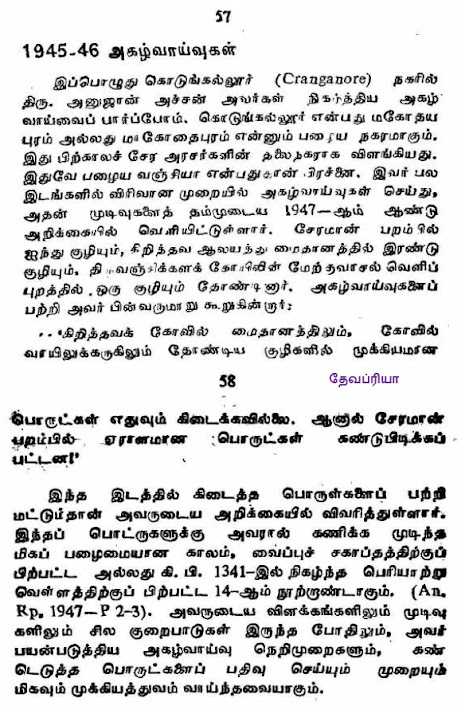
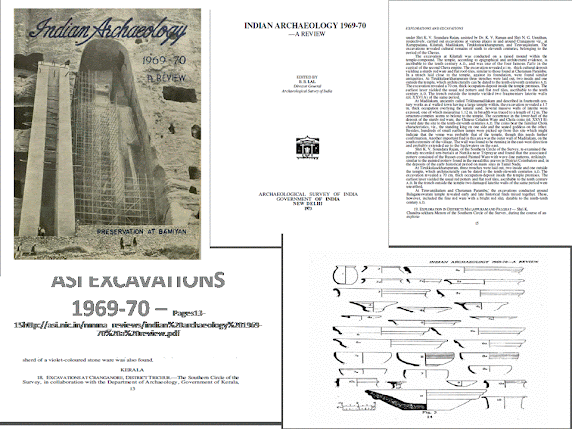

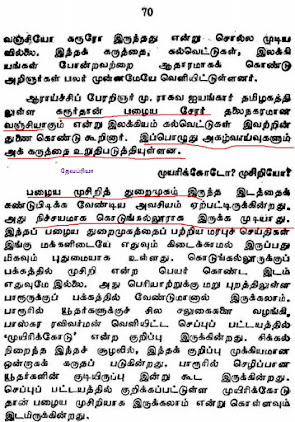
.jpg)

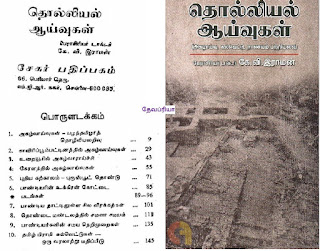




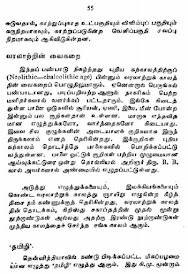
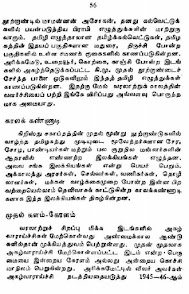


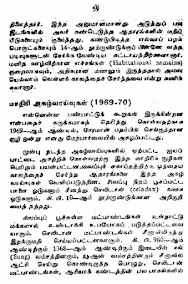

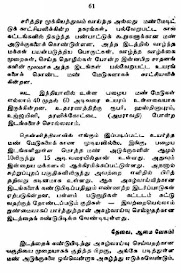


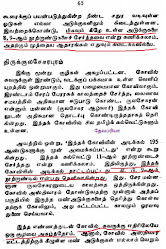


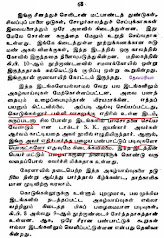
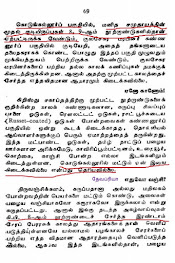

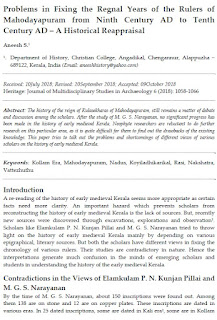
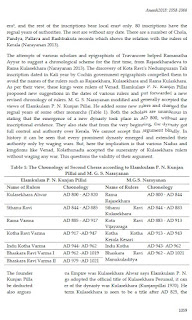


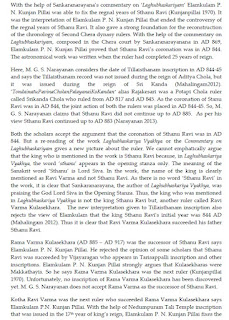
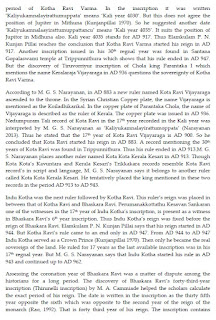
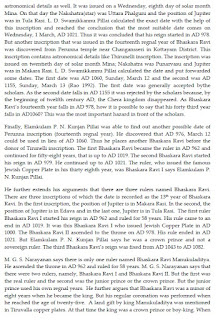
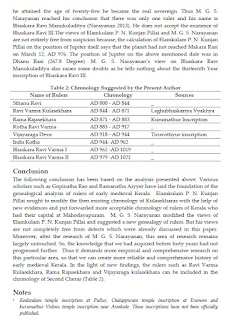


No comments:
Post a Comment